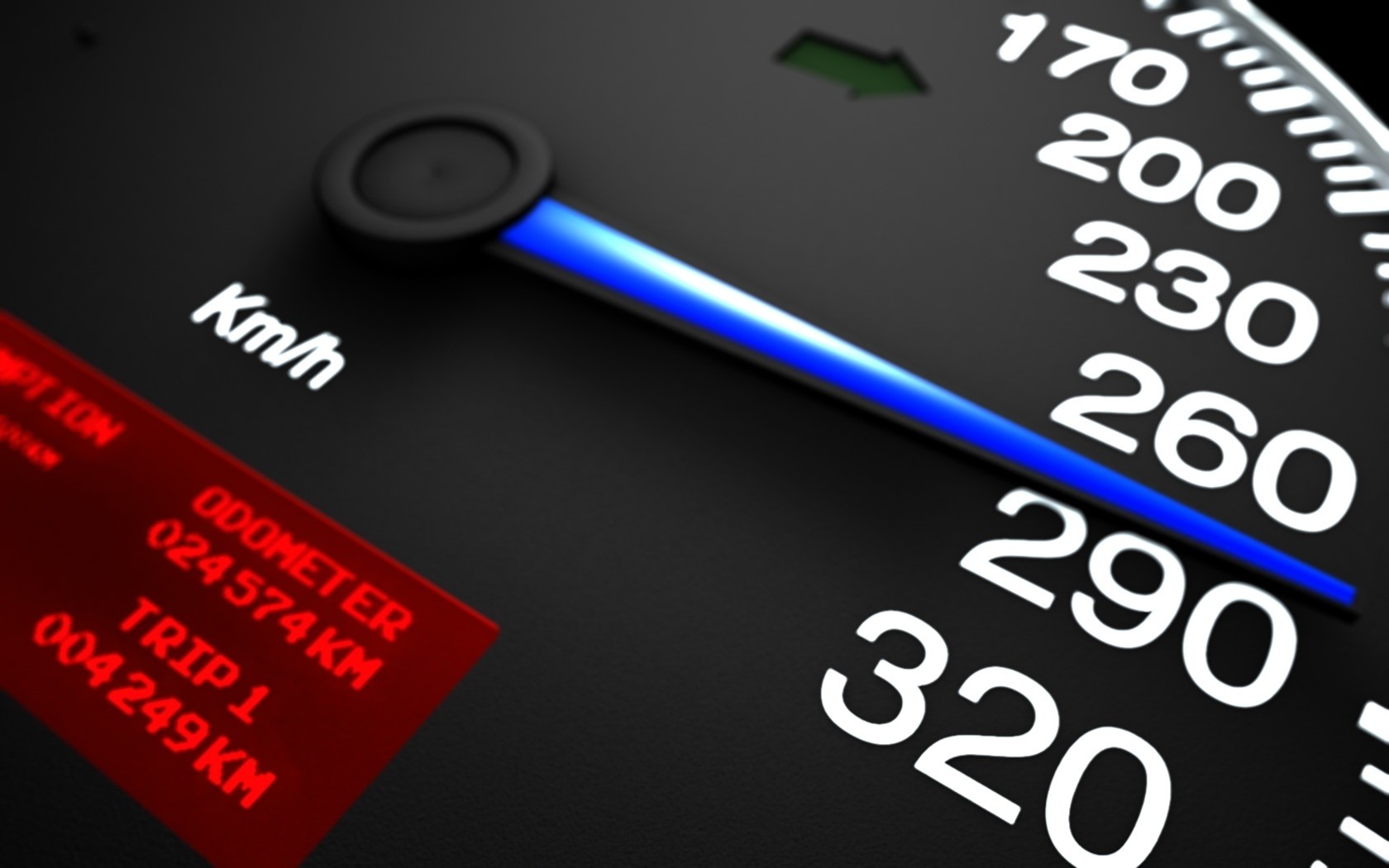 EVERY car has a story to tell and no one knows this better than a mechanic or those who wheel and deal in cars.
EVERY car has a story to tell and no one knows this better than a mechanic or those who wheel and deal in cars.
But can you, someone who knows nothing about what strange mysteries lies beneath the bonnet, read the hidden secrets of a vehicle?
Well, the answer is simple. Of course you can. All you have to do is remember that the key is to look, listen, feel and smell.
Do this and you will soon find out the story behind the car – information which will come in very handy when buying a used car.
Of course, it is always better to get a mechanic to give the car a full check but when this isn’t possible, use your eyes, ears, nose and hands.This means looking at those parts of the body where the sun don’t shine, feeling for bumps, smelling the exhaust emission (do it with care!) and listening to the engine.
One of the first things to look for when playing detective is to find out if the car has been involved in an accident. No amount of repairs, knocking and painting can hide this, provided you look in the right places, according to car dealer Faisal Abdul Hamid.
“Signs of repair like knocking will be evident,” says Faisal, 23, an EON dealer in Subang Jaya.
“Look underneath the rubber casing at the doors, around the edges at the bottom of the car, and in the boot behind the bumper.
“The edges in all these areas should be smooth and the paint job should support this. However, in a car that has had an accident and a subsequent repair job, the edges will be jagged and parts of it will be crumbly and sometimes slightly rusty.
“The most important part is the A pillar – if there has been any damage to this pillar, then stay away from the car because it is actually considered a total wreck,” says Faisal.
“Once the pillar is damaged, it can never support the windshield the way it was designed to. A damaged pillar will not be able to grip the windshield well and there will definitely be instances of water seeping into the car during rain or during a wash.” It’s also a good idea to run your hand around the car to feel for bumps. These bumps could show overlapping of new paintwork onto old paintwork after an accident, or that a new coat of paint has been used to cover rust spots.
Enough about the body. What about the exhaust or the engine?
The first thing to do is check if there is any engine oil in the car. You should do this before you switch on the engine. A good engine, when running, will produce cool, clean and almost odourless emission from the exhaust.
“It should be safe enough for you to place your hand near the exhaust and feel the emission,” said mechanic Ah Chai from Sentul who is in his 50s.
There should be no odour, no burnt smell and no strong smell of fumes.
“If the emission is dark and smoky, the engine is faulty. Knowing this, some car sellers drain out the engine oil so that there will be no emission at all when the engine is started. This fools the prospective buyer into thinking that the engine is good,” he said.
What if the engine sounds loud? This could mean either a faulty drive shaft or a dodgy gearbox. You will know for sure that the gearbox is the problem if you have difficulty engaging the gear.
“If the gear ‘kicks’, it’s the gearbox all right,” he said.
The radiator can also show up any sorry tales an engine has to tell.
If there are bubbles in the radiator or a film of oil, this could mean that either the cylinder head or the cylinder wall is cracked and oil has leaked into the cooling system.
Make sure the engine is not extremely dirty, there is no burnt smell under the hood and the battery terminals are not badly corroded – all these are signs of a poorly maintained car.






![Top 20 Used Cars to Avoid Buying in Kenya – [PHOTOS]](https://kenyacarbazaar.com/blog/wp-content/uploads/2013/11/top-used-unreliable-cars-to-avoid2-80x60.jpg)

![Here are some of the best tuned cars in kenya by state of the art garages [PHOTOS]](https://kenyacarbazaar.com/blog/wp-content/uploads/2013/11/29402_10151301757042065_340470732_n-e1384498044289.jpg)



![Top 20 Used Cars to Avoid Buying in Kenya – [PHOTOS]](https://kenyacarbazaar.com/blog/wp-content/uploads/2013/11/top-used-unreliable-cars-to-avoid2-100x70.jpg)






